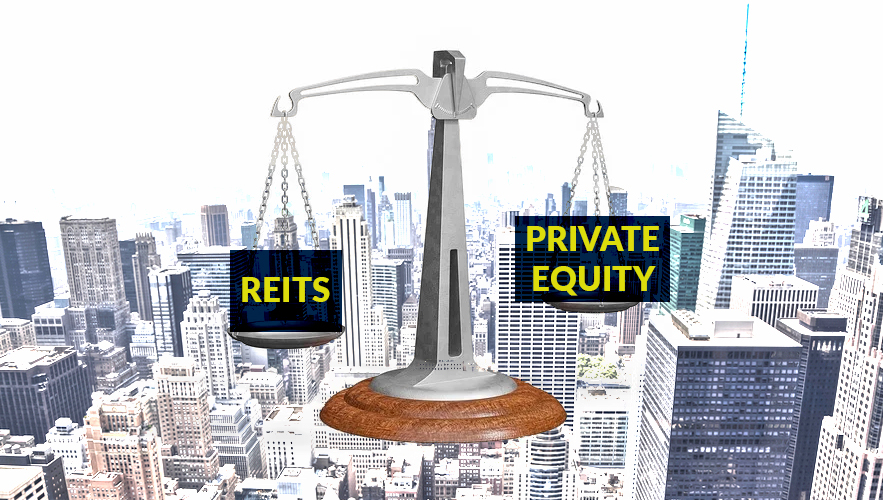
If you are an aspiring investor, you may be interested in finding out whether someone has stocks. This information is crucial because it will help you make an informed decision about your investment. Learn about how to buy and sell stocks.
Stock Ownership Search
Normally, when you buy stock from a firm, the company sends you a certificate that identifies the number shares you have and provides other details. Keep these certificates as they are important documents you don't want to lose.
How to Proof Your Stock Owning
The easiest and most reliable way to prove stock ownership is by comparing the paperwork signed when the stock was purchased with the records you keep. This is a challenging task for most people, but necessary to protect financial interests.

Use the information from the website of the business to confirm that it is accurate. If you find that it matches, you can prove to the company that you hold the stock in question and are entitled to vote.
Find a company to print copies of your certificates. These companies offer templates or blanks which you can use.
How to find the transfer agent for a stock
It is important to have a stock ownership certificate because it proves you own the shares you've purchased. The certificate is useful to collect any dividends owed to you. If you have lost the certificate, it is crucial to get it replaced as soon as possible.
The agent responsible for the transfer of an equity is in charge of maintaining the shareholder's records, transferring the ownership to the new owner and ensuring dividends are received. It is important to choose a transfer agent that is registered with the SEC and has a strong reputation. Ask them also about their experience.

In order to get a complete picture of a company's stockholders, you need to know who owns it currently and historically. This will help you to understand the stock markets and the health of companies.
BamSec's search function allows you to see a list current holders. The tool can be filtered by date range, location (top 10), type of investors, and concentration (top 10).
If you want to find a list with historical owners, this tool has a feature similar called "Shareholder history report." The report will provide you with a complete list of holders as well as their historical holdings from 1997 to today.
FAQ
How are securities traded
The stock market allows investors to buy shares of companies and receive money. Shares are issued by companies to raise capital and sold to investors. Investors then sell these shares back to the company when they decide to profit from owning the company's assets.
Supply and demand are the main factors that determine the price of stocks on an open market. When there are fewer buyers than sellers, the price goes up; when there are more buyers than sellers, the prices go down.
There are two options for trading stocks.
-
Directly from the company
-
Through a broker
What role does the Securities and Exchange Commission play?
SEC regulates brokerage-dealers, securities exchanges, investment firms, and any other entities involved with the distribution of securities. It also enforces federal securities law.
What is a bond?
A bond agreement between two people where money is transferred to purchase goods or services. It is also known as a contract.
A bond is usually written on a piece of paper and signed by both sides. The document contains details such as the date, amount owed, interest rate, etc.
The bond can be used when there are risks, such if a company fails or someone violates a promise.
Many bonds are used in conjunction with mortgages and other types of loans. This means that the borrower will need to repay the loan along with any interest.
Bonds are used to raise capital for large-scale projects like hospitals, bridges, roads, etc.
A bond becomes due when it matures. The bond owner is entitled to the principal plus any interest.
Lenders lose their money if a bond is not paid back.
Statistics
- Our focus on Main Street investors reflects the fact that American households own $38 trillion worth of equities, more than 59 percent of the U.S. equity market either directly or indirectly through mutual funds, retirement accounts, and other investments. (sec.gov)
- Ratchet down that 10% if you don't yet have a healthy emergency fund and 10% to 15% of your income funneled into a retirement savings account. (nerdwallet.com)
- US resident who opens a new IBKR Pro individual or joint account receives a 0.25% rate reduction on margin loans. (nerdwallet.com)
- Even if you find talent for trading stocks, allocating more than 10% of your portfolio to an individual stock can expose your savings to too much volatility. (nerdwallet.com)
External Links
How To
How to create a trading plan
A trading plan helps you manage your money effectively. It allows you to understand how much money you have available and what your goals are.
Before creating a trading plan, it is important to consider your goals. It may be to earn more, save money, or reduce your spending. If you're saving money, you might decide to invest in shares or bonds. If you are earning interest, you might put some in a savings or buy a property. If you are looking to spend less, you might be tempted to take a vacation or purchase something for yourself.
Once you decide what you want to do, you'll need a starting point. This will depend on where you live and if you have any loans or debts. It is also important to calculate how much you earn each week (or month). The amount you take home after tax is called your income.
Next, you need to make sure that you have enough money to cover your expenses. These include rent, food and travel costs. All these things add up to your total monthly expenditure.
Finally, figure out what amount you have left over at month's end. This is your net income.
Now you've got everything you need to work out how to use your money most efficiently.
Download one from the internet and you can get started with a simple trading plan. Ask an investor to teach you how to create one.
Here's an example: This simple spreadsheet can be opened in Microsoft Excel.
This is a summary of all your income so far. It also includes your current bank balance as well as your investment portfolio.
Here's an additional example. A financial planner has designed this one.
It will let you know how to calculate how much risk to take.
Don't try and predict the future. Instead, focus on using your money wisely today.